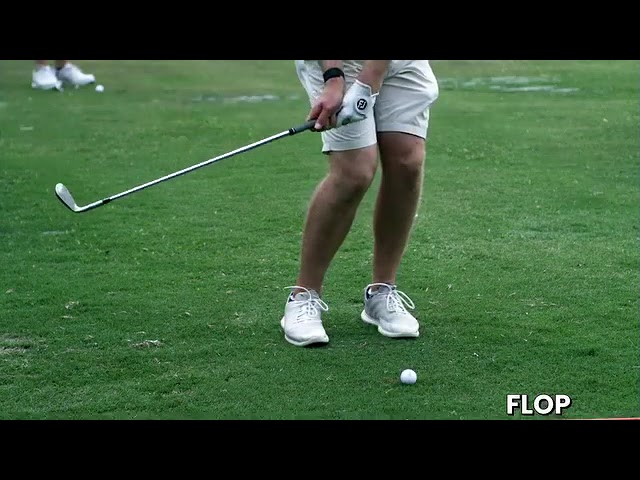
Unlock the Secrets to a Consistent Short Game: I’m Clay Ballard from Top Speed Golf. In this guide, you’ll discover step-by-step techniques to master the reliable wedge shot through natural feel and release rather than brute force. Enhance your short game and achieve cleaner contact with precise trajectory by allowing the club to release smoothly, ensuring your wrists remain relaxed and an open face does the work.
Below, explore practical steps, drills, and troubleshooting tips to practice and perfect this technique, aiming for more consistent results and fewer mishits.
Step 1: Understand the Release — Control Matters
A major short game mistake is trying to control the clubhead through brute strength. Understanding that a natural release can improve contact and spin consistency is crucial. Natural release means the club and loft work together. If you grip too tightly, you risk inconsistent face angles and distances. Practice monitoring the club flow with smooth practice swings, especially for flop shots, pitches, and bunker shots.
Step 2: Keep Your Hands and Wrists Soft for Better Feel
Observe the best short-game players; their hands and wrists remain relaxed. Tension is a shot killer. Cultivate sensations of light grip pressure, loose wrists, and a follow-through feel, allowing the club to rotate naturally. Drills, such as half swings focusing on smooth finishes, can improve soft wrist mechanics.
Step 3: Open the Face — Harness Loft Effectively
Opening the wedge face simplifies creating height and softness. At setup, open the face relative to the target line, align your stance left, and trust the loft to do the work.
- Set face open at address, aligning body left of target.
- Allow natural clubhead work without hand intervention.
- Recognize open face increases loft, requiring swing length adjustments.
Step 4: Drill — Train Release and Soft Wrists
Engage in rhythm-only swings and progress from half to full swings focusing on natural release. Incorporate drills like the gate drill for face orientation and the soft hands drill with a towel to maintain connection and prevent manipulation.
Step 5: Common Mistakes and Fixes
Avoid common issues such as tight grip, early release, overactive hands, and incorrect face setup. Adjust techniques like grip pressure, hinge maintain, and rhythm drills to correct these faults.
Step 6: Transfer to the Course — Practice Under Pressure
Bridge practice and performance using pressure reps, visualizing landing spots, and strategic club selection. Remember cues: soft hands, trust the club, and let the face do the work.
Step 7: Advanced Adjustments and Shot Shaping
Refine your game with trajectory and spin manipulation. For lower trajectory, slightly close the face while maintaining soft hands. For a higher flop, open the face more and choke down on the grip.
Step 8: Practice Routine for Long-Term Improvement
Consistency comes from intentional repetition. Follow a weekly routine incorporating wrist loosening, technical drills, target practice, and pressure repetitions to enhance skills gradually.
Step 9: Pre-Shot Checklist for Optimal Wedge Shots
Ensure you’re mentally and physically prepared by checking face setup, grip pressure, and wrist relaxation while visualizing outcomes.
Conclusion
Enhance your short game by simplifying your approach and letting the club’s mechanics take charge. Regular practice of these steps will lead to predictable, high-quality wedge shots. Stay consistent, patient, and let the fundamentals guide you to success on the course.

0 Comments